In an age where people accept fake news, gossip and blatant untruths as fact, and conspiracy theories reign supreme it comes as no surprise that myths about towing doggedly persist. Here, we dispel five of the more persistent ones.
Top towing myths busted
- 01. A weight-distribution hitch will solve all of your towing-related problems
- 02. Going faster will fix trailer sway
- 03. A small trailer is easier to reverse than a big one because it's, well, small
- 04. Towing mirrors are a frivolous expense that don’t help at all
- 05. A vehicle’s maximum towing capacity is an accurate figure and should be taken as gospel
01. A weight-distribution hitch will solve all of your towing-related problems
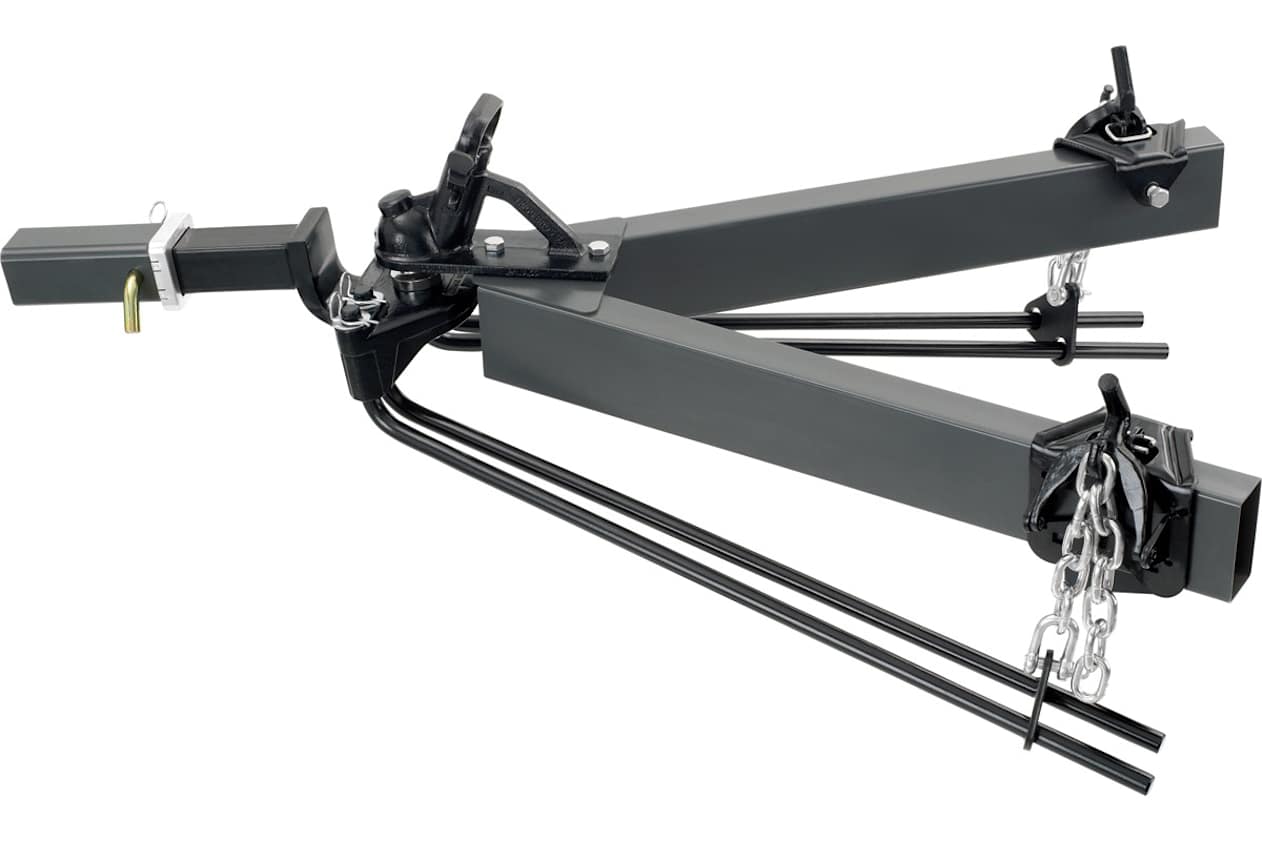
A weight-distribution hitch (WDH) is not the magic cure-all some people believe it to be. It’s a great tool, sure, when it’s used as part of a safe, well thought out towing set-up, but it is not the be-all and end-all.
When your vehicle is towing a load, the added weight can lift the nose of the vehicle, affecting steering, braking and general handling. A WDH is designed to address that weight imbalance and restore an even keel across all axles of a vehicle and trailer.
It works by changing the point at which the trailer load is transferred to the vehicle. In a general towing situation, the towball cops the trailer’s full towball weight; a WDH redistributes that weight across all axles of the tow vehicle and the trailer.
If your vehicle’s front end has risen more than 20mm or so when you’ve attached a trailer to the back end, and your attempts at evening out the payload in your car and trailer have been unsuccessful, then it’s time to think about introducing a WDH into your towing equation.
02. Going faster will fix trailer sway
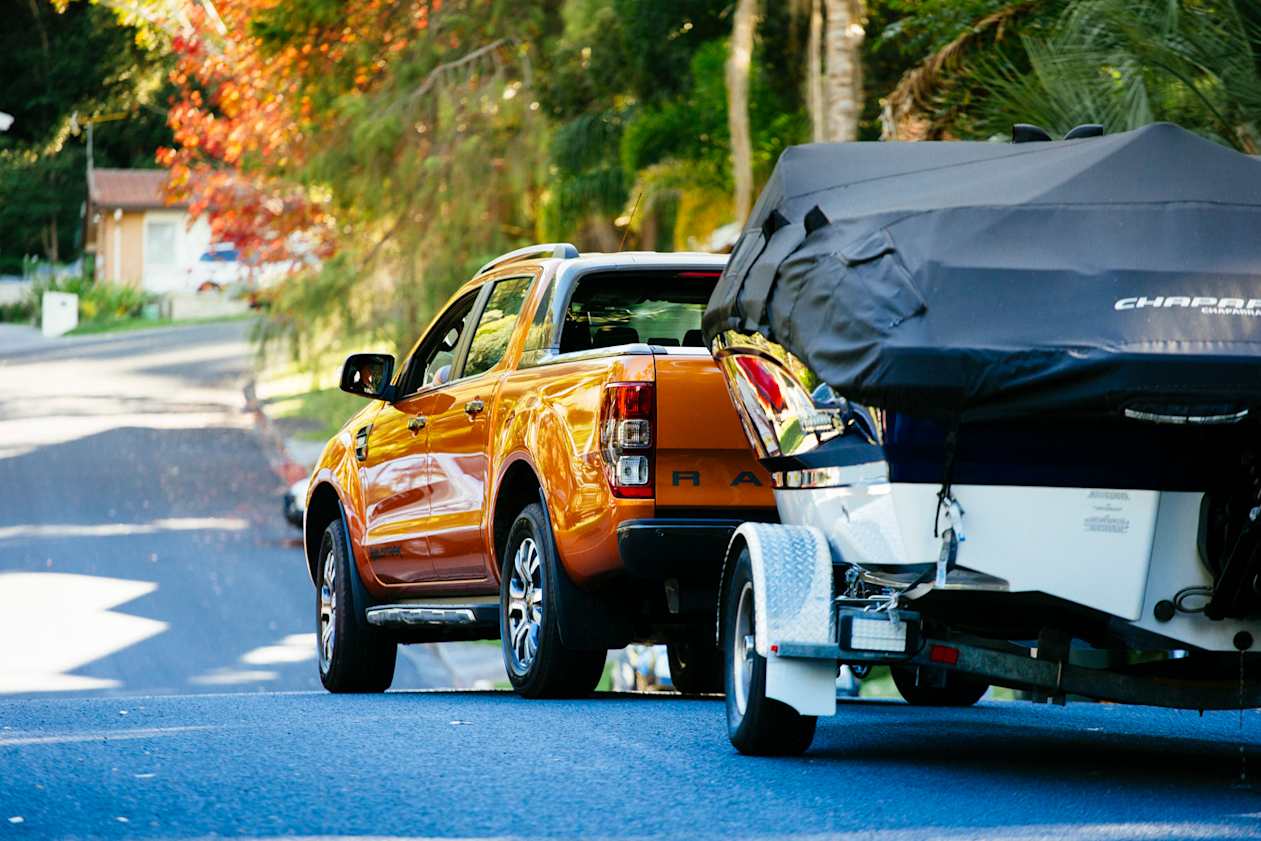
Make sure you do everything you can before you head off towing to prevent trailer sway even happening: get your load balanced correctly, get your tyre pressures right, use a weight-distribution hitch if needed.
However, if your trailer starts to sway and you accelerate to try to correct it, you’re merely adding more speed to a barely-in-control situation. Whoever thought this was a good idea is several post codes away from being a genius.
When you detect any sway in your trailer, get right off the loud pedal, and ever so gently apply the brakes until you have safely stopped. Then get out, sort out the strife – it might be a punctured tyre or an unbalanced trailer load – and you’ll be on your way again in no time. Slowly and carefully, at first.
03. A small trailer is easier to reverse than a big one because it's, well, small

Those who haven’t towed much or at all believe this; those who have towed know the truth: a small trailer is even more of a mongrel to reverse than a bigger one.
There’s a detailed and oh-so-scientific explanation as to why that is – pertaining to distance and radius of rotation, etc – but basically what it boils down to is this: a smaller trailer moves around a lot more, moves at sharper, tighter angles and is less forgiving of your steering inputs than a larger trailer.
Either way, the slower you go, the more chance you have of micro-correcting your steering, which will help you get the trailer, small or large, to where you want it to go.
04. Towing mirrors are a frivolous expense that don’t help at all
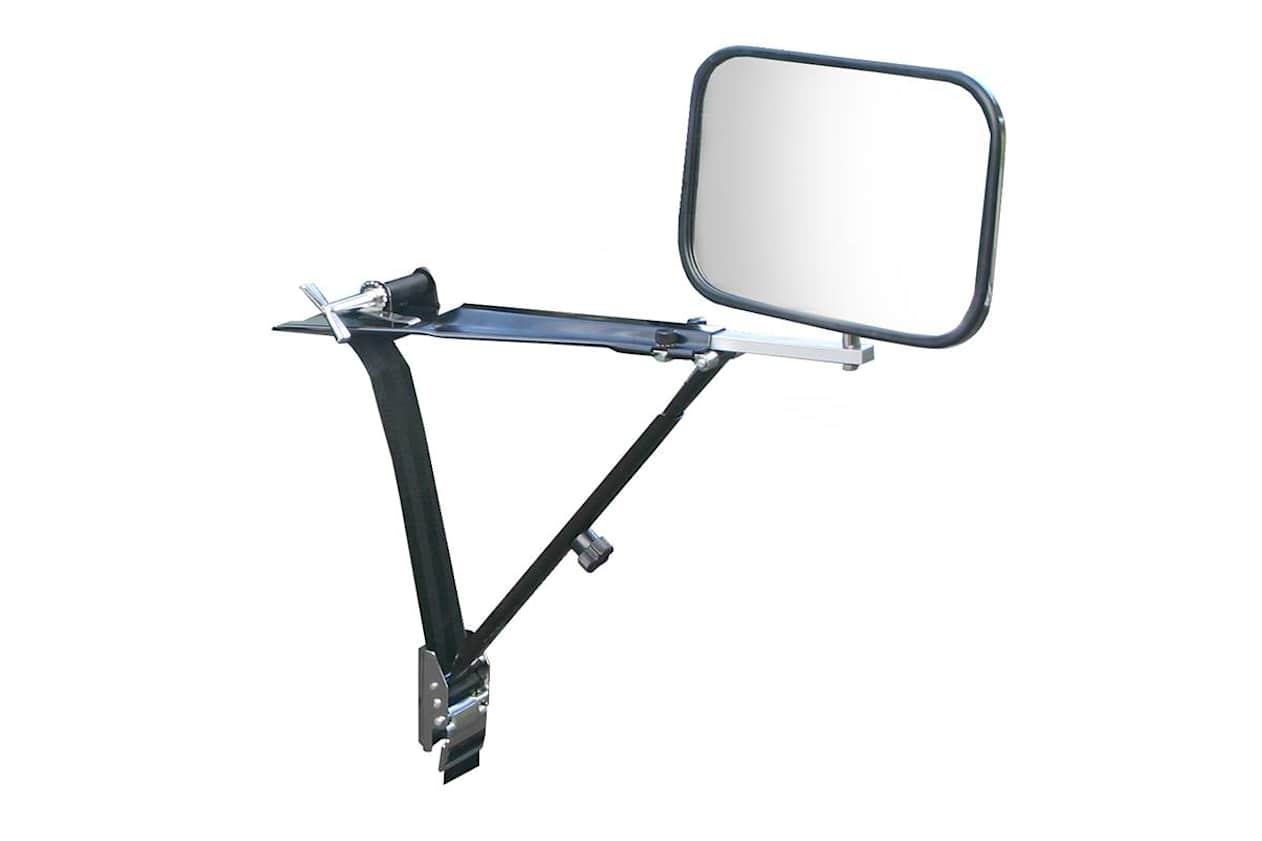
Like every other highly practical thing in the history of the world, towing mirrors were invented because they are very useful.
Your vehicle’s wing mirrors are great, don’t get me wrong, but they were made to help your rearward vision when driving in everyday, non-towing circumstances. They are not purpose-built for laden vehicle scenarios the way towing mirrors are.
Towing mirrors, used in addition to a good set of mirrors, will improve and extend your visibility to the sides and rear of your vehicle and trailer, thus helping to make yours a safer towing set-up all round.
As with a weight-distribution hitch, towing mirrors are not a fix-all implement; they are simply another valuable tool that will form part of a safe and sensible towing combination.
05. A vehicle’s maximum towing capacity is an accurate figure and should be taken as gospel
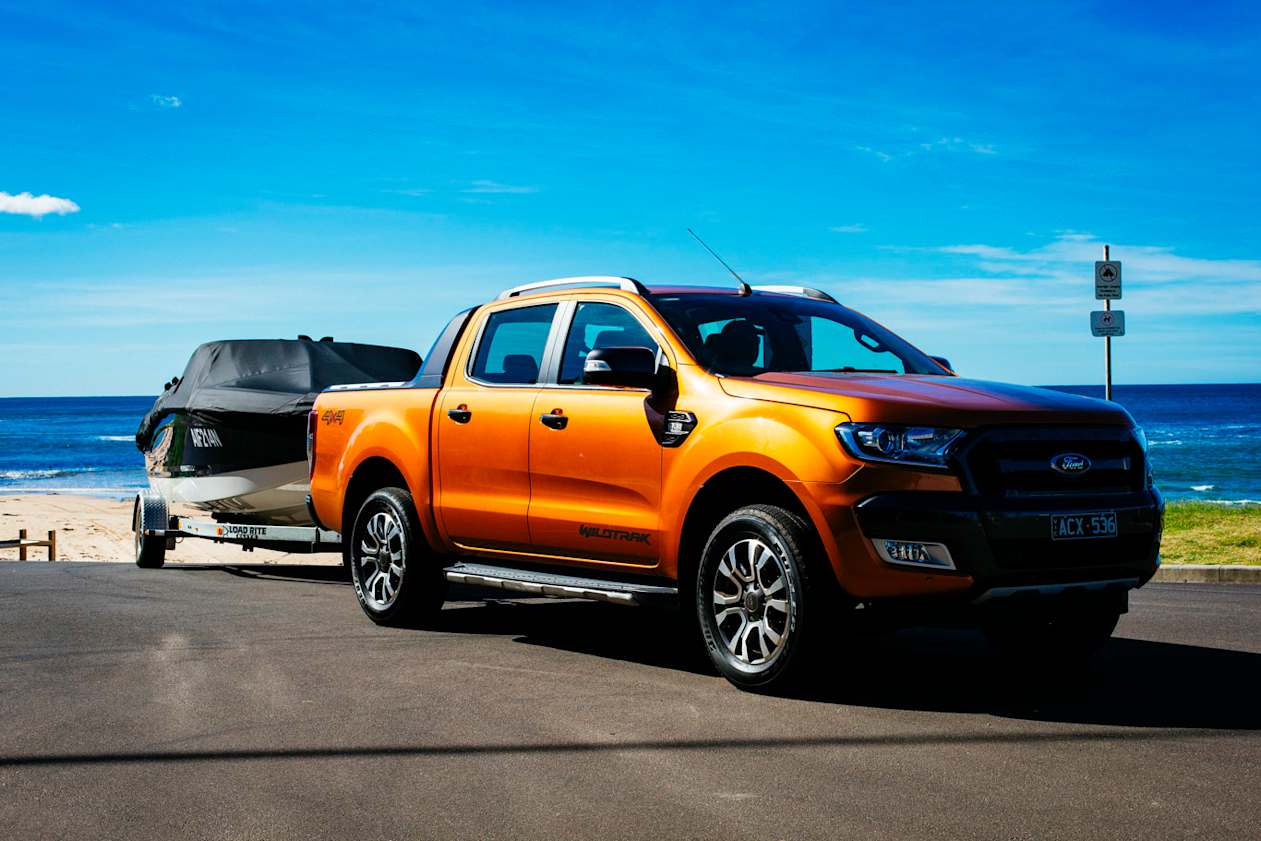
People are easily dazzled by a vehicle manufacturer’s claimed maximum towing capacity figures, but it’s absolutely crucial for a driver to always keep in mind their ute's real-world capabilities, including its GVM (Gross Vehicle Mass; the maximum your vehicle can legally weigh, fully laden) and GCM (Gross Combined Mass; the maximum your vehicle and trailer combination can legally weigh).
If you tow the max 3500kg you won’t be able to load much more of anything in your vehicle before you’re well and truly illegal. Remember to factor into your equation that your vehicle will be fully loaded with driver, passengers, camping gear and more.
Here's a tip: use your local weigh bridge before heading off anywhere with a caravan, boat or trailer load.
For more on vehicle weights, read our towing guru Mark Oastler’s great yarn here.







.jpg)
.jpg)


.jpg)
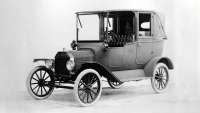
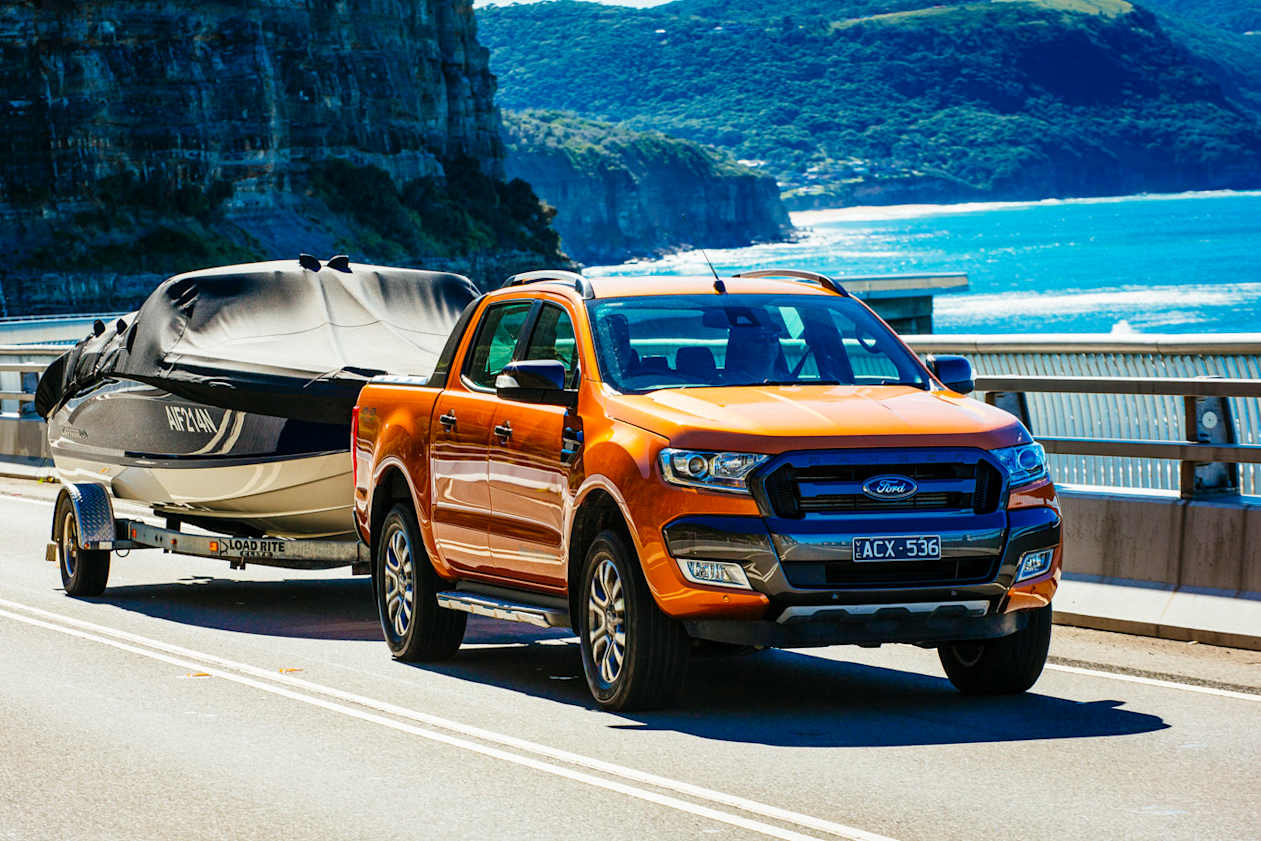

.jpg)
.jpg)





